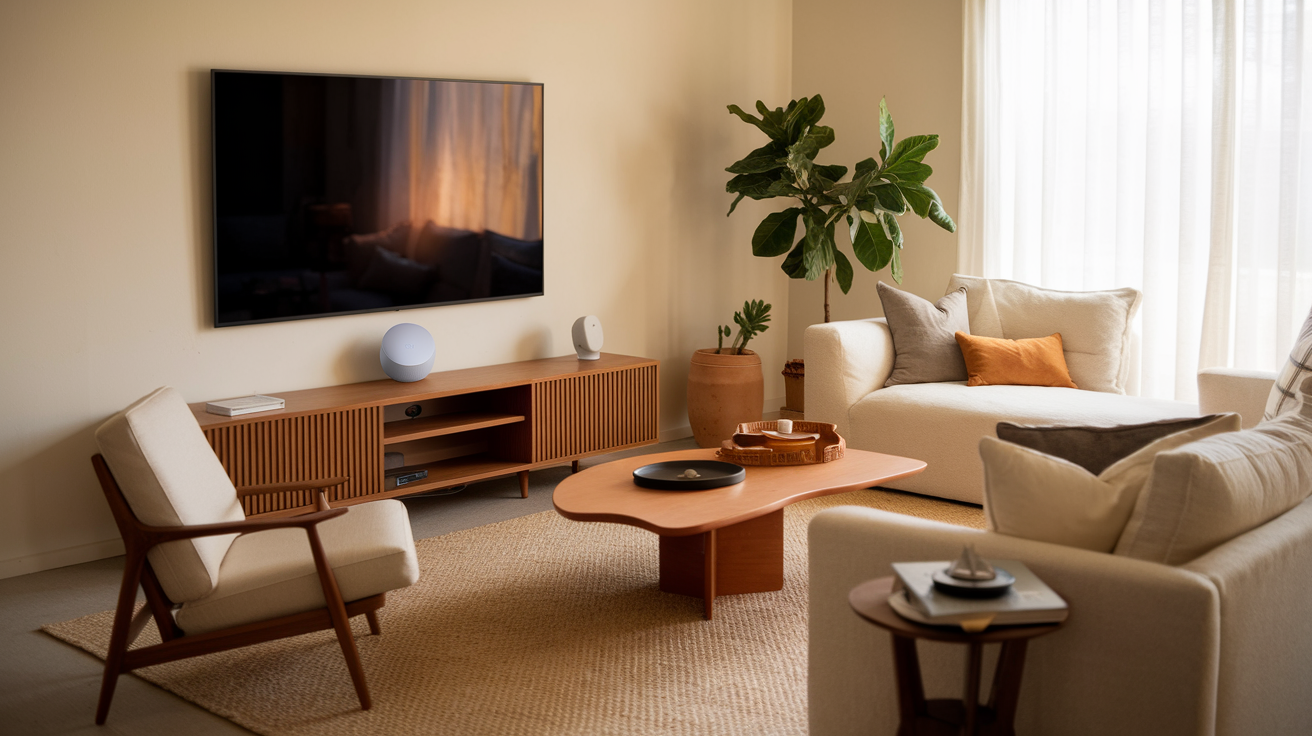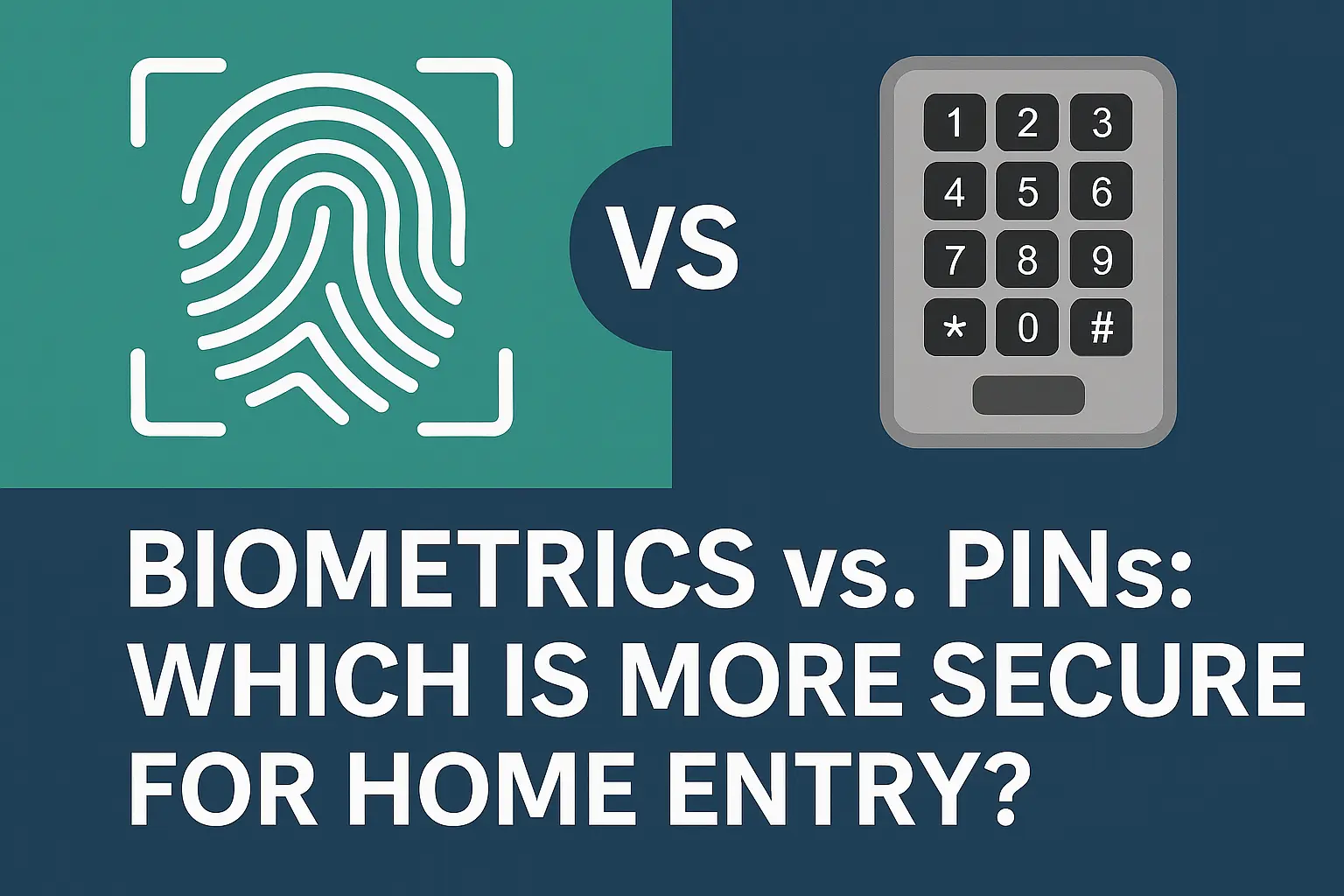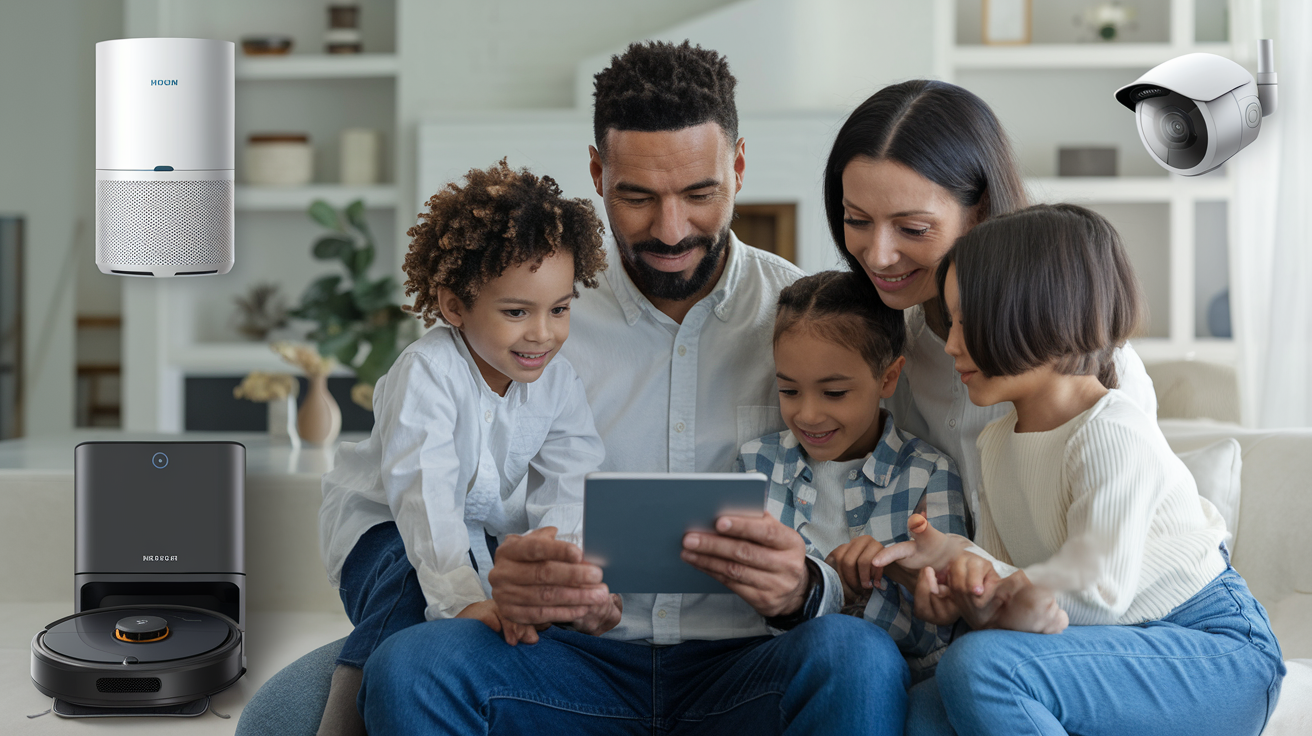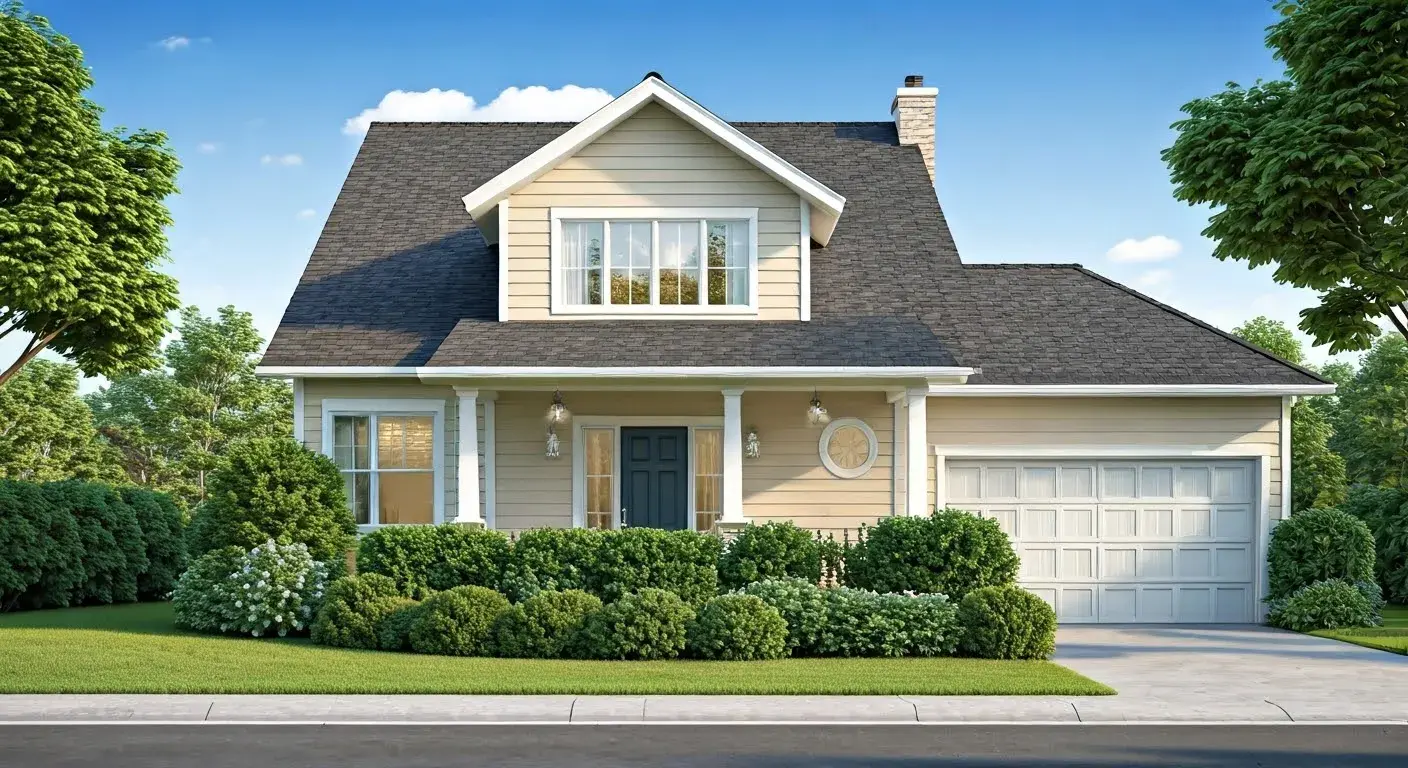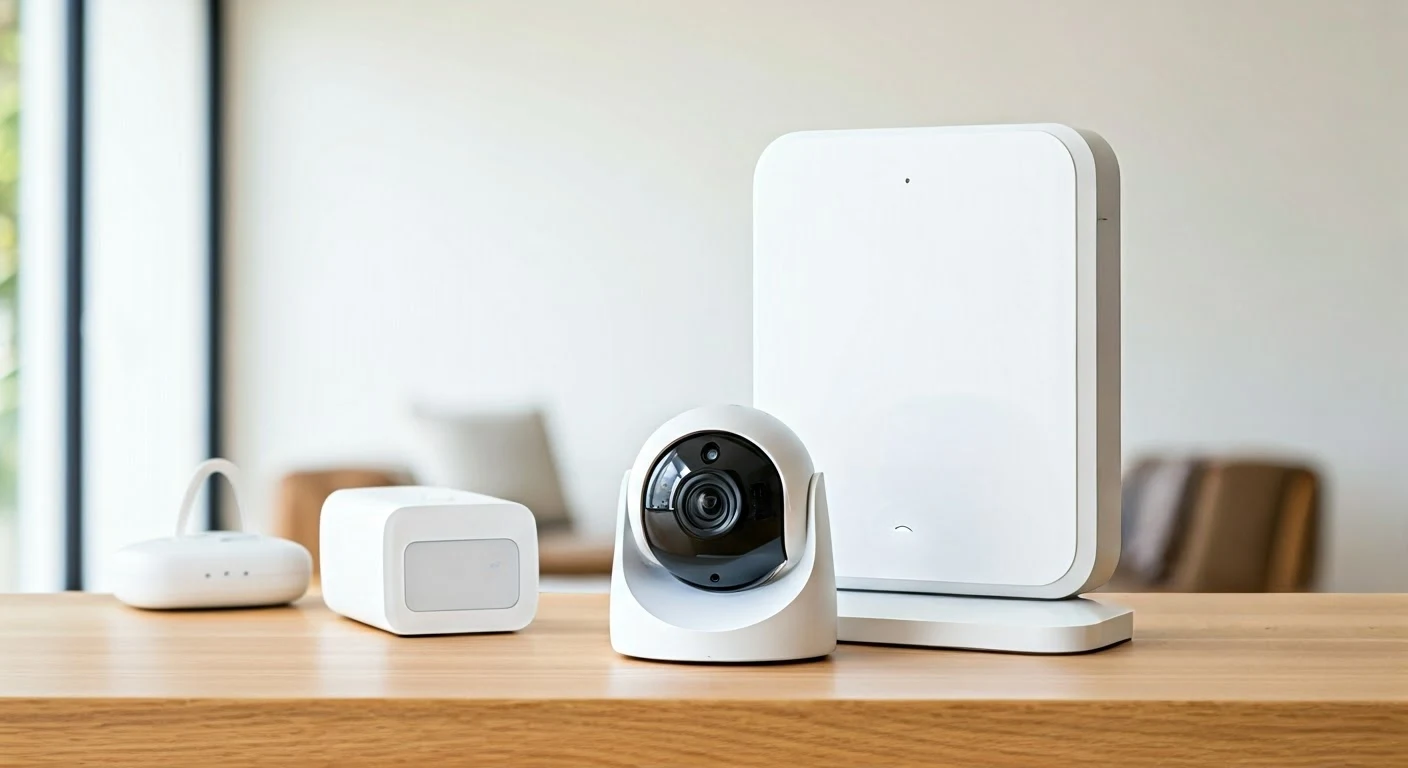Explaining a Smart Home
A Smart Home Automation is defined as a home that contains appliances, lighting, heating, air conditioning, TV, computers, and home entertainment audio & video systems, security and camera systems that can talk to each other and can be operated on a schedule, from any room in the home and any location in the world from a phone or via the internet. The integration of all these systems is what the smart Home Security System offers and makes the home a smarter and easier place for homeowners to manage or to live in. They not only offer opportunities for enhancing the level of control, security, convenience, comfort, and entertainment but also allow for energy efficiency gains and the augmentation of the value of a residence.
The main concept of a smart home is known as the Internet of Things construct, which means a general class of things – devices, vehicles, and other items –that have been augmented with electronics, software, sensors, actuators, and networking, and which can interact and exchange data over the internet. Thus, smart home incorporates IoT into home automation and domesticity that enables the management of home systems through the internet using devices such as smartphones and tablets. This makes it possible for homeowners to control appliances, locks, lights, thermostats, heating and air conditioning, and other systems within their homes from a farther distance. For instance, owners can check if doors are locked, switch lights on/off, control thermostats, and many more all through the application without even visiting the property.
It can also encompass interactive electronics such as voice command systems, touch panels, and wall-mounted controls. These offer even more comfortable and easy-to-use touchless methods for homeowners to manage various systems and devices in their houses. The key characteristics of contemporary smart homes are Internet connectivity, remote control, and smartphone compatibility. This comes with a high degree of convenience and efficiency to the homeowners in their daily activities. However, with smart homes users are guaranteed more security, lighting, entertainment, house chores, information, and/or energy from the connected devices and systems depending on their functions.
History of the Smart Home:
The evolution of today's smart homes began in the 1800s when in-house alarms and call and signal systems were remotely operated electrically. Between 1950-1970, the systems of burglar alarms were developed and car batteries were used to supply energy to the sensors and alarms. Some other basic devices which could be controlled remotely were also developed such as the automatic garage door opener. Two important innovations that occurred in the 1980s include the microprocessor and the Internet which enhanced computerization, automation, and interconnectivity within homes. The 1990s were when consumer interest in home automation started to link more devices and systems together in homes.
Then in the 2000s, there was the Internet of Things idea that came at the same time as the smartphone. This ultimately made it easier to connect to the internet but also provided an easier way to control household devices remotely. WiFi technology along with a dramatic increase in the possession of smartphones and tablets enabled the control and supervision of home systems everywhere at any time. As microprocessors, software/mobile apps, WiFi, Bluetooth, and other wireless technologies evolved and became more sophisticated, smart home prices declined, the rate of development accelerated, and cloud technology allowed for remote control and monitoring of homes. These recent key innovations gave a jump start to smart homes from being a luxury product to being a norm.
Current Capabilities and Benefits:
The key smart home advantage and competency is the remote and mobile control of numerous home systems using smartphones and tablets. This enables one to control and monitor the lights, locks, security systems, heating-cooling, and many other aspects from any location at any time. Thus with the intelligent automation of sections of the home and the ability to control it from a distance comes advantages such as convenience, effectiveness, saving money, and enhancing security while at the same time providing the homeowner with a sense of security.
Current advanced technologies and gadgets can also transform conventional homes which have been manually operated into more modern-looking facilities. It can help homeowners lower their energy consumption and costs more efficiently through remote and automated monitoring. Smart locks provide additional security measures, remote functionality, and flexibility. Hence smart homes are intended to make life just a little easier and less of a hassle. Other advantages can be to help the disabled and elderly in carrying out day-to-day activities, more leisure such as lighting, safety and emergency measures, monitoring of pets, and home care if one is away.
The Future of Smart Homes:
Smart home's primary concept, at their beginning, was about integration and having access to the home from a distance. But they are still delivering higher intelligence, conveniences, cost savings, and security with growing software / AI, physical items, and microprocessors. Some of the possible future capabilities in the making are enhanced voice controls, prescriptive analytics for automating the ideal climate for the home, face recognition and awareness about the surroundings, enhanced security, and incorporation of robots and drones. More connectivity and cross-communication between the cloud and other third-party ecosystems and devices will keep on enhancing the ease of smart homes.
Protect your home today with ADT’s top-rated security solutions!
Call now at +1 877-470-7879 to get a free consultation and find out how you can secure your home with the best in the business. Don’t wait—ensure your peace of mind with ADT!
